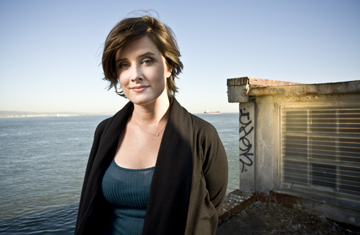
In the spring of 2007, designer Valerie Casey came down with a bad case of green guilt. She was on a flight from Memphis, Tenn., to Denver when she started to ponder the products and packaging she'd recently pitched to U.S. executives. "I realized I had a captive audience of business movers and shakers, and I was not addressing anything to do with sustainability," says Casey, 37, who now heads her own San Francisco consultancy. "I was designing products, such as diapers with sensors, that couldn't be rationalized as environmentally friendly in any shape or form." Frustrated that both she and her profession — which plays a role in the creation of everything from toasters to turbines — were failing to tackle such vital issues, Casey started to sketch out a Kyoto Protocol of design: a set of measures and targets that would put sustainability at the heart of the industry.
The big players rushed to sign Casey's call to action — now known as the Designers Accord. Design powerhouses like IDEO and software titans like Adobe are among the 170,000 design firms, corporations and colleges worldwide that have adopted the document over the past two years. On joining the coalition, signatories agree to follow five green guidelines, including reducing their carbon footprint each year, educating staff in sustainability and discussing environmental impact issues with every client.
At town-hall meetings held regularly across the U.S. and in online forums, designers and firms now trade advice on topics from research strategy and choice of materials to carbon-auditing and cutting unnecessary packaging. London, Berlin, Melbourne and Tokyo will hold their own Accord summits this fall. "We're all trying to quickly become experts in this field," says Mark Bates, a project leader and sustainability champion at Boston firm Continuum, whose clients include Siemens and Procter & Gamble. "The Accord is one of the only forums where designers can share, discuss and complain."
For all the good it has done and will do, Casey believes it's the Accord's eventual demise that will signify its real success. "I've structured this as a five-year project," she says. By that point, she hopes sustainability will be an integral part of the design process, making the pact redundant. Built-in obsolescence never sounded so eco-friendly.